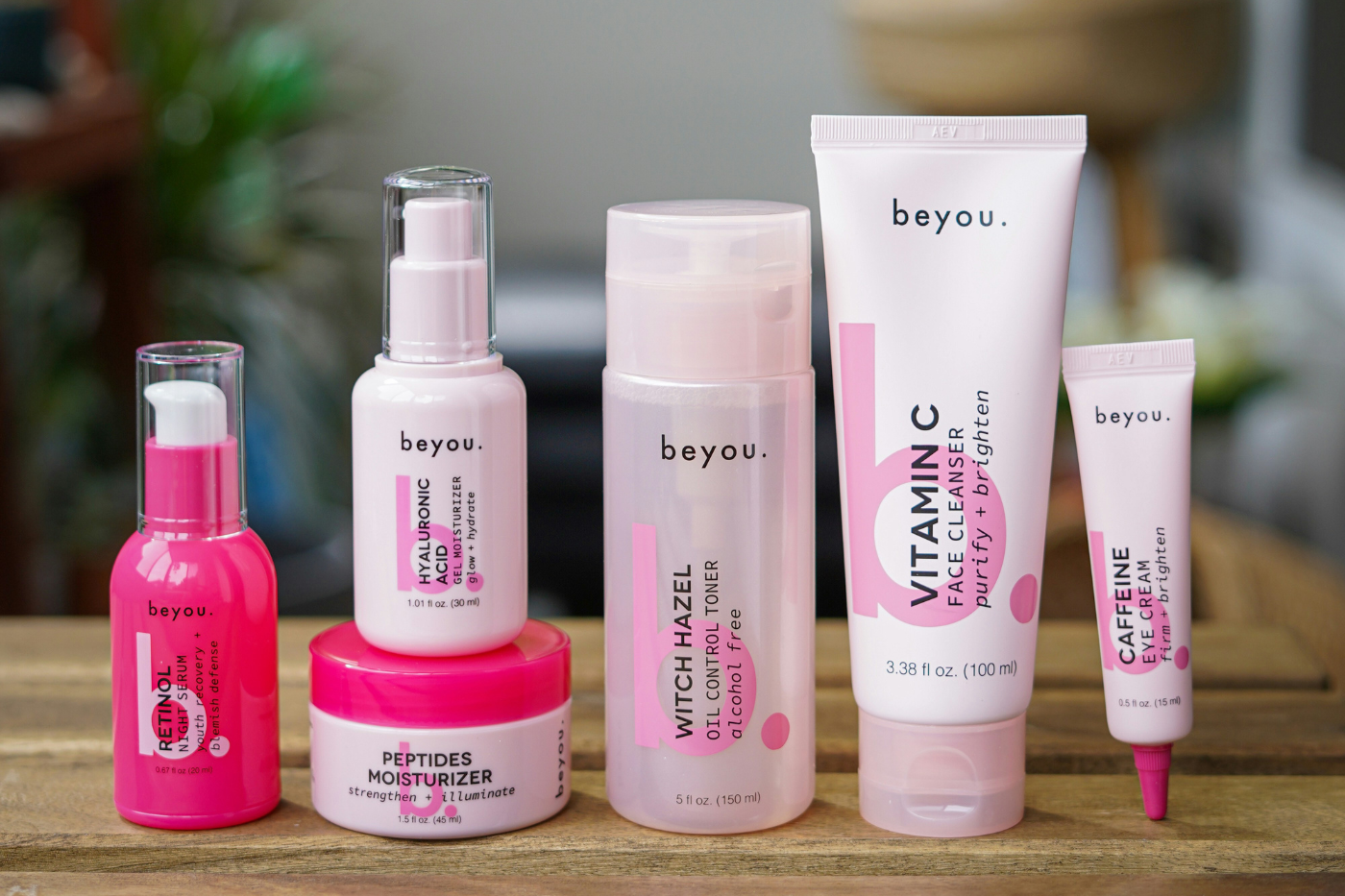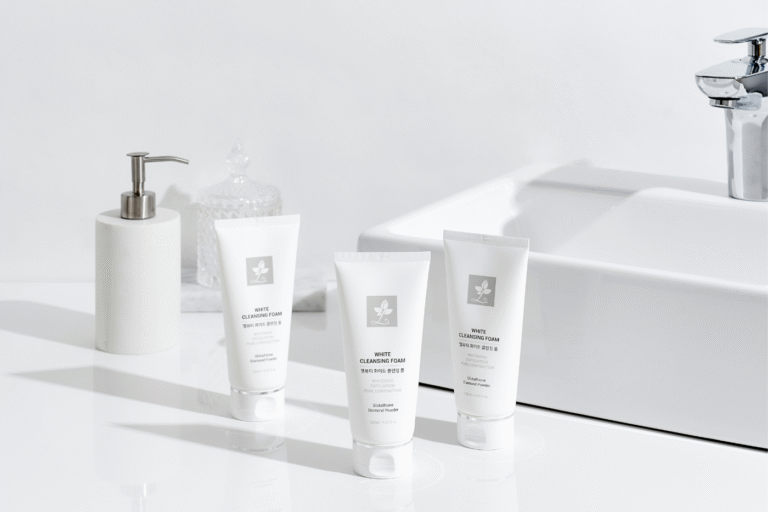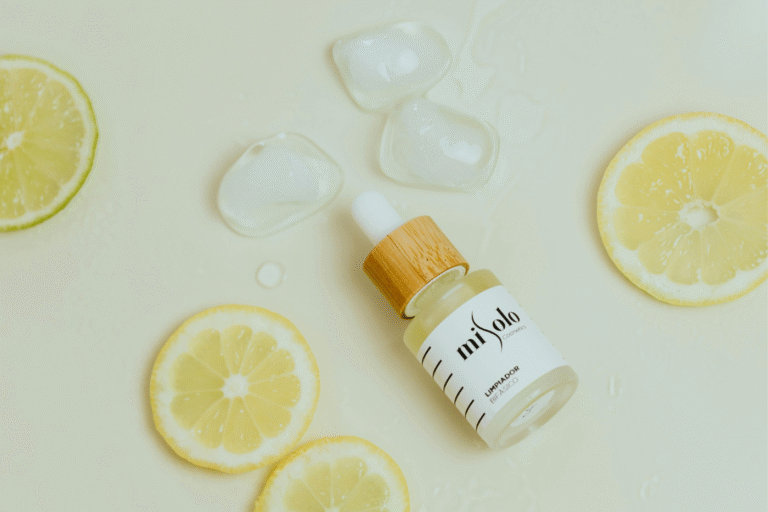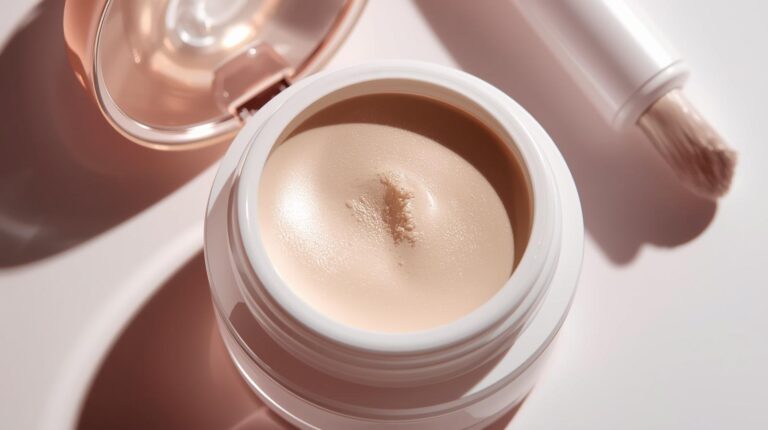
Clean and Halal Beauty: The Next Frontier in Ethical Sourcing
The cosmetics and skincare sector is experiencing a major shift. Today’s consumers are increasingly conscious of the products they choose, seeking items that not only enhance appearance while also reflecting their moral principles and faith-based standards. One of the most notable trends driving this change is clean and halal beauty, which merges purity, safety, and ethical sourcing into modern cosmetic formulations. Brands that adopt these principles are setting new standards for trust and transparency in the global market.
Defining Clean and Halal Beauty
Clean and halal beauty combines two essential concepts. “Clean” focuses on products free from harmful chemicals, artificial additives, and potential allergens, while “Halal” ensures that every ingredient and manufacturing step complies with Islamic guidelines, avoiding prohibited substances and maintaining ethical and sustainable practices. Together, these elements reflect a commitment to high-quality, responsible beauty solutions. Brands successfully implementing these principles can be explored in best skincare products, offering examples of products that nurture both the skin and the values of conscious consumers worldwide.
Why Ethical Sourcing Matters
Ethical sourcing is central to this movement. Beauty brands are now expected to verify ingredient origins, partner with responsible suppliers, and maintain fair labor practices throughout their supply chains. By adopting ethical sourcing, clean and halal beauty brands not only ensure product integrity but also demonstrate accountability to consumers, building trust that extends beyond the product itself. This approach encourages transparency at every stage of production, allowing customers to make informed choices about the products they use. Moreover, it promotes sustainability and social responsibility, creating a positive impact on both communities and the environment.
According to the BeautySourcing 2025 Trend Report, brands investing in transparent and ethical sourcing see higher consumer trust and engagement. Sourcing key ingredients such as organic aloe vera or clay from verified farms supports both product quality and community sustainability. By highlighting the origin and journey of each ingredient, brands create a meaningful connection with consumers, reinforcing the message that every purchase contributes to ethical practices. This approach ensures that every product tells a story of integrity, care, and conscious sourcing, while also inspiring other encouraging other brands to follow comparable ethical approaches.
Global Trends and Market Demand
The global demand for clean and halal-certified products is expanding rapidly. Consumers across Asia, the Middle East, Europe, and North America are increasingly prioritizing products that are safe, ethically produced, and compliant with religious standards. Social media, wellness movements, and increased awareness of ingredient transparency are driving this shift. Shoppers now actively seek brands that demonstrate authenticity through certifications, clear labeling, and responsible sourcing practices. This growing preference is pushing beauty companies to innovate, ensuring that products not only meet health and ethical standards but also align with cultural and religious values, creating a more inclusive and conscientious beauty market.
Beauty expos and trade events are reflecting this trend, dedicating significant space to brands that meet clean and halal standards. This not only signals commercial opportunity but also reinforces the importance of responsible and transparent production. By showcasing these brands prominently, industry platforms help set benchmarks for quality and ethics, inspiring newer companies to adopt similar standards. Such recognition encourages brands to innovate responsibly, ensuring products align with evolving consumer expectations while maintaining trust, integrity, and a dedication to environmentally responsible practices.
Benefits for Brands and Consumers
Adopting clean and halal beauty principles benefits both brands and consumers. Brands that follow ethical sourcing and transparent practices can gain loyalty and strengthen their reputation, with examples of such brands highlighted in 10 halal makeup brands, showing how clean formulations and ethical practices come together in high-quality products. At the same time, consumers gain access to products that align with their ethical and religious expectations, ensuring peace of mind alongside quality results, while fostering confidence that their choices contribute to responsible consumption and social accountability.
The combination of ethical sourcing, transparent labeling, and clean formulations builds a foundation of trust. Consumers are more likely to remain loyal to brands that demonstrate integrity in every aspect of production. When brands consistently uphold these standards, they not only foster customer loyalty but also enhance brand reputation in competitive markets. This alignment between brand values and consumer expectations strengthens long-term relationships, encourages word-of-mouth advocacy, and solidifies market credibility, ultimately positioning ethical and transparent brands as leaders in the evolving beauty industry.
Implementing Best Practices
For brands looking to adopt these standards, the process begins with auditing current products and suppliers. Partnering with verified suppliers, obtaining halal certification from recognized authorities, and clearly communicating the product’s clean and ethical attributes are essential steps in building a strong clean and halal beauty offering. Sharing stories about sourcing, ingredient origin, and sustainability initiatives can further strengthen credibility and consumer engagement. Brands following these practices can be seen in halal vegan beauty products, showing how clean formulations and ethical standards come together. Regularly reviewing and updating practices ensures that brands stay aligned with evolving consumer expectations and industry standards.
Packaging and marketing should highlight these values without overstatement, emphasizing authenticity. Clear labeling, informative content, and educational marketing campaigns help consumers understand the importance of clean and halal products. By thoughtfully communicating these commitments, brands can inspire informed choices and foster lasting consumer trust.
Looking Ahead
The future of the beauty industry indicates that clean and halal beauty is here to stay. Brands that embrace ethical sourcing, transparent manufacturing, and halal-certified formulations are likely to lead the market. Those who ignore these trends risk losing relevance in an increasingly conscious and discerning consumer landscape. Adopting these standards now positions brands for long-term growth while aligning with evolving consumer values. By integrating ethical and halal practices into their core strategy, brands demonstrate leadership and responsibility in the global beauty arena. Consumers are increasingly rewarding brands that reflect their values, making ethical and halal practices not just a choice, yet also a crucial factor in achieving business growth.
Conclusion
Clean and halal beauty represents a strategic and ethical frontier in the beauty industry. Brands that integrate these principles into their supply chains demonstrate innovation, social responsibility, and market foresight. Consumers benefit from products that meet both their ethical and personal care standards, fostering loyalty and trust. By consistently upholding these values, brands strengthen their reputation and inspire a new standard of excellence in the global beauty market.





